
21 Mar Post-Apocalypse Nostalgia
Gas prices through the roof. A Russian invasion halfway round the world. Gary Numan on tour. It’s either 1979 all over again, or we are on the brink of Cold War nostalgia –the kind that spawned Mad Max and other tales of the Post-Apocalypse.
Inflation Is Real
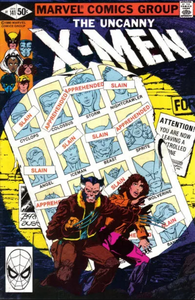
Two years later there are still supply-chain issues, but necessities have become more abundant and more affordable as luxury items have sharply increased in price. The Six Dollar Burger at Carls Jr may have only set you back $3.99 in 2002, but now their average burger meal set costs about $20. Likewise, that Uncanny X-Men #141 you could get in a 9.8 back in 2002 for $190 will now cost you north of $1,200.
The Days of Future Past story that started in that issue is still considered one of the all-time great (and most consequential) storylines in all of comicdom, but it didn’t develop out of thin air. By the time that Claremont/Byrne classic hit newsstands in January 1981, the Post-Apocalyptic wasteland motif was already building-up steam on the back of a modestly-budgeted Australian action film with a sci-fi bent called Mad Max.
It’s Always an Oil Economy
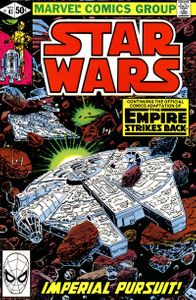
Collectors of a certain age will recall the long lines at the gas pumps and the (then) unheard of price of $1.19 per gallon (US$4.06 in today’s dollars) which gave way to the explosion in sales of Japanese economy cars from Toyota, Honda, and Datsun –initiating the slow death of Detroit and the muscle cars that were so celebrated in the films of George Miller.
To give context, the current average price per gallon for mid-grade gasoline in California is just under $6.00 and peaking at almost $8.00 in some parts of San Francisco and Los Angeles. With the Cold War heating up in Europe, and cultural touchstone like Luke Skywalker and (baby) Yoda, experiencing a resurgence of sorts, we can learn from the past to make smarter investments in collectibles today.
Lesson #1: take advantage of slumping prices to Buy in the Dip
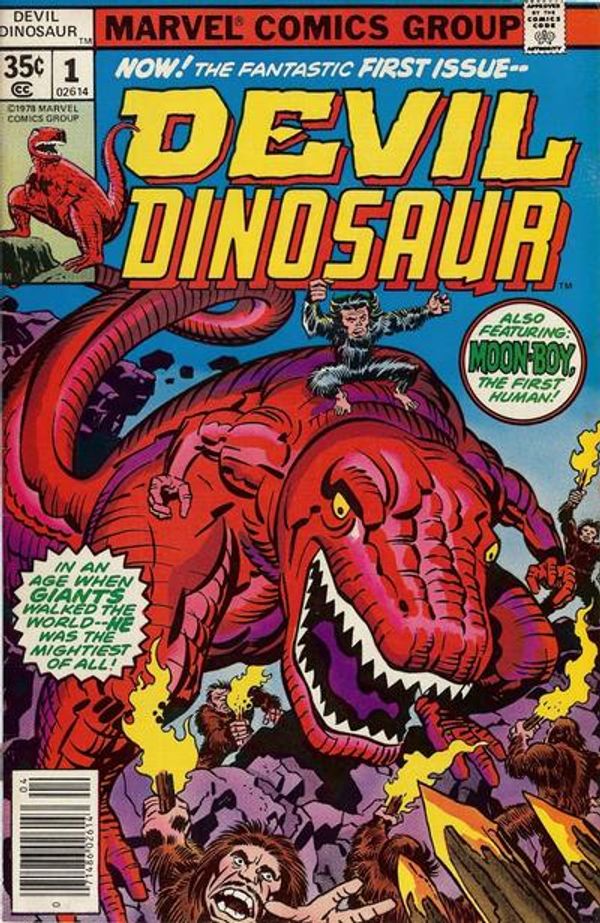
I don’t know if that same principle holds true for Moon Girl and Devil Dinosaur #1 after the minor notice the Disney+ animated adaptation of that received. But that’s not to say the original series from the 1970s doesn’t still have potential. In fact, the first appearance of Devil Dinosaur and Moon-Boy in Devil Dinosaur #1 (1978) is one of those severely underrated Bronze Age comics that is very hard to find in 9.8 because it appealed to a younger audience that was a lot less preservation-minded than the average Star Wars collector. Those kids are now middle-aged adults, and this is a relatively affordable sliver of nostalgia.
The World Isn’t Ending
 Hot books are always changing and so it’s not unusual to see prices spike, correct, and then rise again. Some big money books have slipped a bit in recent weeks, but other books have continued to replace them. At this moment in time the on-screen fate of a character has much more consequence than their published history, so bear in mind that many of the villains being announced (and probably quite a few heroes) will have no lasting on-screen contribution and it might be smart to steer clear from the announcement hype.
Hot books are always changing and so it’s not unusual to see prices spike, correct, and then rise again. Some big money books have slipped a bit in recent weeks, but other books have continued to replace them. At this moment in time the on-screen fate of a character has much more consequence than their published history, so bear in mind that many of the villains being announced (and probably quite a few heroes) will have no lasting on-screen contribution and it might be smart to steer clear from the announcement hype.
While many collectors are seemingly liquidating keys for characters whose MCU entry seems still far-off, this creates a lot of opportunity for a patient collector. Any Silver Age or Bronze Age key that took a tumble recently is probably a smart investment now. While risky, it’s generally better to buy on the rumor and sell on the news. Right now, a lot of collectors who bought on the rumor are selling before the news, which passes more potential value onto whoever picks these books up now and puts them away for a while. This Peach Momoko variant cover on Star Wars Insider #200 is the first published appearance of Grogu –a fact not even listed on the label!
Lesson #2: Any character that can launch a franchise and whose presence is a necessity to the longevity of that franchise is a good investment.

Harbinger is confirmed to be on the way, and we can probably expect a Bloodshot cameo in that, but we know that characters introduced in Harbinger #1 and Harbinger #2 are guaranteed to be in that film. Remember that Hannibal Lechter, the horror icon that won Anthony Hopkins his first Oscar in Silence of the Lambs was first portrayed by Brian Cox as a minor character in the film Manhunter.
Whether we get another Vin Diesel version of Bloodshot or a complete recast, the character is pretty damn cool and under the right circumstance, with the right script could be awesome. You can pick up two of the key issues mentioned in this paragraph for under $100 in 9.8 right now –but for how much longer?
Speaking of Franchises
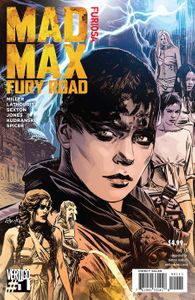
Perhaps because of this confusion (and because it can be argued that he’s not the hero of the movie that bears his name), prices are low on both comics. Each can be had for under $100 in 9.8, and even the rarest variant is only a few dollars more. Furiosa’s first appearance is in Mad Max: Fury Road Furiosa #1, and that is probably the pick of the litter.
Since it’s she and not Max that will be taking over the future of the franchise, this undisputed first appearance is an absolute steal with eBay prices hovering between $60 and $200. And with Anya Taylor-Joy taking over the origin-story role for the character first brought to life by Charlize Theron, we are poised for possibly the best entry in the Maxiverse. Whether you liked or hated the New Mutants movie, odds are that you loved Anna’s performance as Magick.
The Way, Way Back
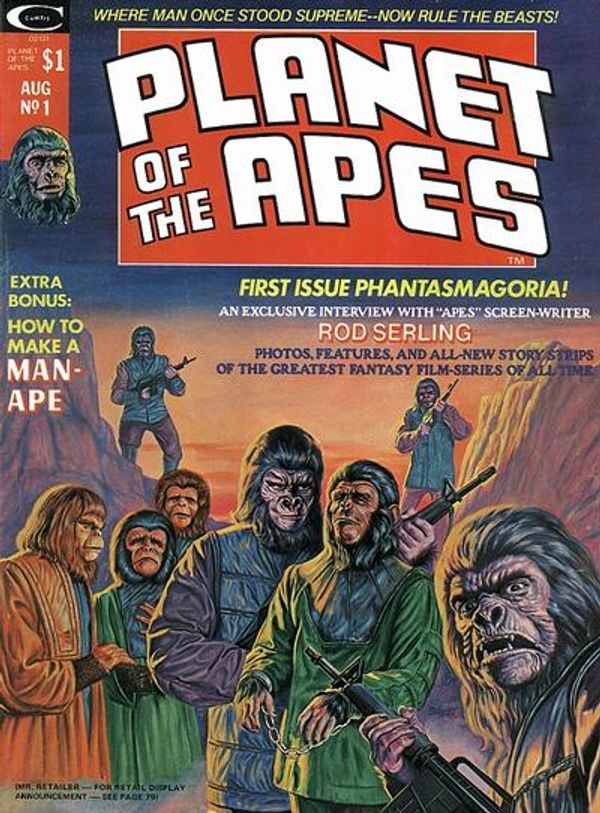
The first sequential adaptation was actually a manga published in Japan, but the first US comic book was the Gold Key adaptation of the first sequel, Beneath the Planet of the Apes #1. Like most Gold Key comics it is rather undervalued, and the highest-graded copy is a 9.6 which last sold in 2018 for under $500. I would expect one now to be around $1,500, but I wouldn’t recommend it as an investment as much as the Planet of the Apes #1 published by Marvel under the Curtis Magazine imprint.
Bronze Age Marvel Magazines are notoriously hard to find in high grade and are becoming quite collectible. The first six issues adapt the first movie but like the Marvel Star Wars comics would also tell original stories. The stated FMV of $675 for a 9.8 seems out of step with recent sales which range $779 – $1110, but I wouldn’t consider this necessarily investment-worthy either. If the Matthew Vaughn film series (which was excellent) couldn’t drive these prices up I don’t see the pending kid-friendly reboot doing it either.
Lesson #3: Always Bet on Kirby.
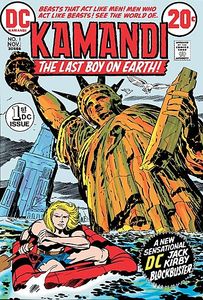
The Wednesday Comics serial written by Dave Gibbons and illustrated by Ryan Sook and Kamandi Challenge (which gathered stories from 12 artists and 12 writers, including Tom King & Kevin Eastman) showcased how interesting this character could be in the right hands. The FMV on his first appearance in 9.8 is under $1000, which is pretty much in-step with any early Bronze Age DC first issues. Whether or not this gets rebooted, it’s an excellent comic from Kirby’s last great creative output and the cover of that first issue is as classic as they get.
What parallels do you see between now and eras past?
Please comment below and be sure to like this post if you do!
Want more spec?
-
IS IT TIME TO RE-INVEST IN ETERNALS?
-
IS DEATH THE NEW BREAKOUT STAR?
-
ARE MANGA REPRINTS THE NEW HOT SPEC?
*None of the content of this article is intended as investment advise.
This is just the opinion of the columnist – Do your own research!

No Comments